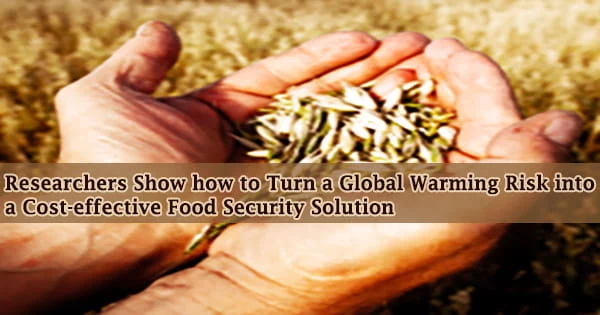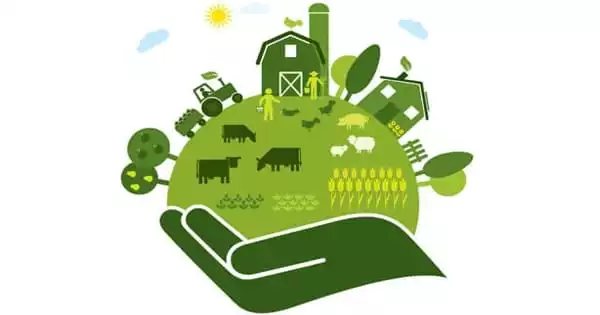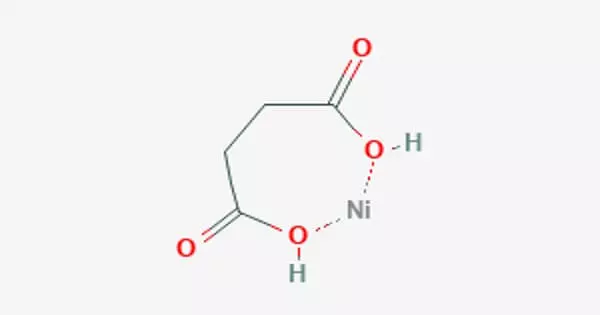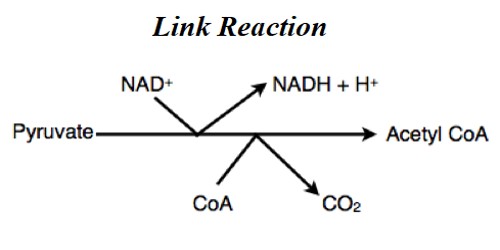An ingenious procedure for transforming a potent greenhouse gas into a food security solution has been blocked by economic uncertainty, like a mirage on the horizon. Now, a first-of-its-kind Stanford University study assesses the market potential of the method, which involves microorganisms feeding on trapped methane to produce protein-rich fishmeal.
According to the UN’s Committee on World Food Security, food security means that all people have physical, social, and economic access to sufficient, safe, and nutritious food that fits their food preferences and dietary needs for an active and healthy life at all times.
The study, which was published in Nature Sustainability on November 22nd, 2021, discovered that manufacturing costs involving methane recovered from particular sources in the United States are cheaper than the market price for conventional fishmeal. It also identifies cost savings that might make the strategy economical and capable of satisfying all world fishmeal demand if other methane sources are used.
Food insecurity is usually associated with poverty, and it has long-term implications for the ability of families, communities, and countries to grow and achieve. Long-term malnutrition stunts growth stunts cognitive development and renders people more prone to illness.
A changing climate, a growing global population, rising food prices, and environmental stressors will all have substantial but unknown effects on food security in the next decades. More than 800 million people go to bed hungry every night throughout the world today, the majority of them are smallholder farmers who rely on agriculture to make a living and feed their families.
“Industrial sources in the U.S. are emitting a truly staggering amount of methane, which is uneconomical to capture and use with current applications,” said study lead author Sahar El Abbadi, who conducted the research as a graduate student in civil and environmental engineering.
“Our goal is to flip that paradigm, using biotechnology to create a high-value product,” added El Abbadi, who is now a lecturer in the Civic, Liberal, and Global Education program at Stanford.
Industrial sources in the U.S. are emitting a truly staggering amount of methane, which is uneconomical to capture and use with current applications. Our goal is to flip that paradigm, using biotechnology to create a high-value product.
Sahar El Abbadi
Agriculture growth from farm to fork has been found to be at least twice as effective as growth in other sectors in decreasing poverty. To feed a population that is predicted to reach 9 billion people by 2050, the world’s current food output will have to be doubled.
Two problems, one solution
Despite the fact that carbon dioxide is more common in the atmosphere, methane has an estimated global warming potential of 85 times that of carbon dioxide during a 20-year period and at least 25 times that of carbon dioxide a century after its emission.
Methane also harms air quality by raising tropospheric ozone levels, which are responsible for an estimated 1 million premature deaths due to respiratory ailments each year throughout the world.
Since the beginning of the Industrial Revolution, methane’s relative concentration has increased more than twice as rapidly as carbon dioxide’s, owing in large part to human-caused emissions.
Methanotrophs, microorganisms that consume methane, may hold the key to a solution. These bacteria can be grown in a cooled, water-filled bioreactor that is supplied with compressed methane, oxygen, and nutrients like nitrogen, phosphorus, and trace metals.
The resulting protein-rich biomass can be utilized as fishmeal in aquaculture feed, reducing the demand for fishmeal derived from small fish or plant-based feeds, which require land, water, and fertilizer.
“While some companies are doing this already with pipeline natural gas as feedstock, a preferable feedstock would be methane emitted at large landfills, wastewater treatment plants, and oil and gas facilities,” said study co-author Craig Criddle, a professor of civil and environmental engineering in Stanford’s School of Engineering. “This would result in multiple benefits. including lower levels of potent greenhouse gas in the atmosphere, more stable ecosystems, and positive financial outcomes.”
Seafood consumption has increased more than fourfold since 1960, making it a major global source of protein and minerals. As a result, wild fish stocks have been severely depleted, and fish farms now account for roughly half of all animal-sourced seafood consumed in the United States.
According to a comprehensive analysis of the sector done by academics at Stanford and other schools, global demand for aquatic animals, plants, and algae would likely treble by 2050.
While methane-fed methanotrophs can feed farmed fish, the economics of the strategy have remained a mystery, despite the fact that the price of conventional fishmeal has nearly tripled in real terms since 2000.
The Stanford researchers examined scenarios in which methane is sourced from relatively large wastewater treatment plants, landfills, and oil and gas facilities, as well as natural gas purchased through the commercial natural gas grid, to see if the strategy could meet demand profitably. They looked at a number of factors, including the cost of electricity and the availability of labor.
Toward turning a profit
The analysis indicated that methanotrophic fishmeal production costs $1,546 and $1,531 per ton, respectively, were lower than the 10-year average market price of $1,600 in the scenarios incorporating methane recovered from landfills and oil and gas facilities.
Production costs were somewhat higher $1,645 per ton in the scenario where methane was recovered from wastewater treatment plants than the average market price of fishmeal. Due to the cost of obtaining natural gas, the scenario in which methane was acquired from the commercial grid resulted in the most expensive fishmeal production costing $1,783 per ton.
Electricity was the most expensive item in every scenario, accounting for almost 45 percent of total costs on average. With low electricity prices in regions like Mississippi and Texas, production costs dropped by nearly 20%, allowing fishmeal from methane to be produced for $1,214 per ton or $386 less per ton than conventional fishmeal production.
According to the researchers, electricity costs could be further reduced by designing reactors that better transfer heat, requiring less cooling, and switching electric-powered applications to those powered by stranded gas that would otherwise be wasted or unused, reducing reliance on grid electricity for remote locations.
When methane from wastewater treatment plants is present, the wastewater itself can be used to provide nitrogen, phosphorus, and cooling.
According to the study, if efficiencies like these could reduce the production cost of methanotroph-based fishmeal by 20%, the technique could profitably meet global demand for fishmeal with methane captured in the United States alone. Similarly, if additional cost reductions are achieved, the technique might be used to replace soybean and animal feeds.
“Despite decades of trying, the energy industry has had trouble finding a good use for stranded natural gas,” said study co-author Evan David Sherwin, a postdoctoral researcher in energy resources engineering at Stanford. “Once we started looking at the energy and food systems together, it became clear that we could solve at least two longstanding problems at once.”
The Stanford Center for Innovation in Global Health and the Stanford Natural Gas Initiative financed the research. Criddle is also a senior fellow at Stanford Woods Institute for the Environment, a Stanford Bio-X member, and a Precourt Institute for Energy affiliate.
Co-author Adam Brandt is an associate professor of energy resources engineering and senior fellow at the Precourt Institute for Energy, and co-author Stephen Luby is a professor of infectious diseases, a senior fellow at the Stanford Woods Institute and the Freeman Spogli Institute for International Studies, a member of Stanford Bio-X and the Stanford Maternal & Child Health Research Institute and director of research at the Stanford Center for Innovation in Global Health.
















